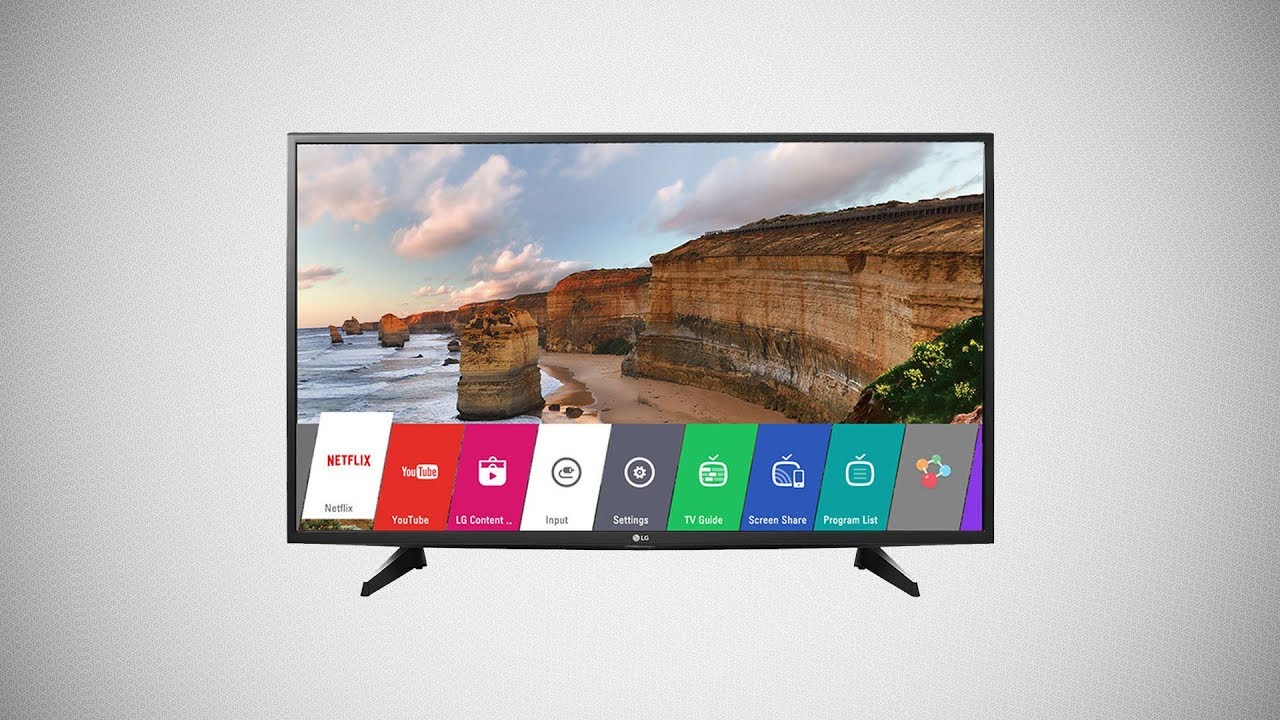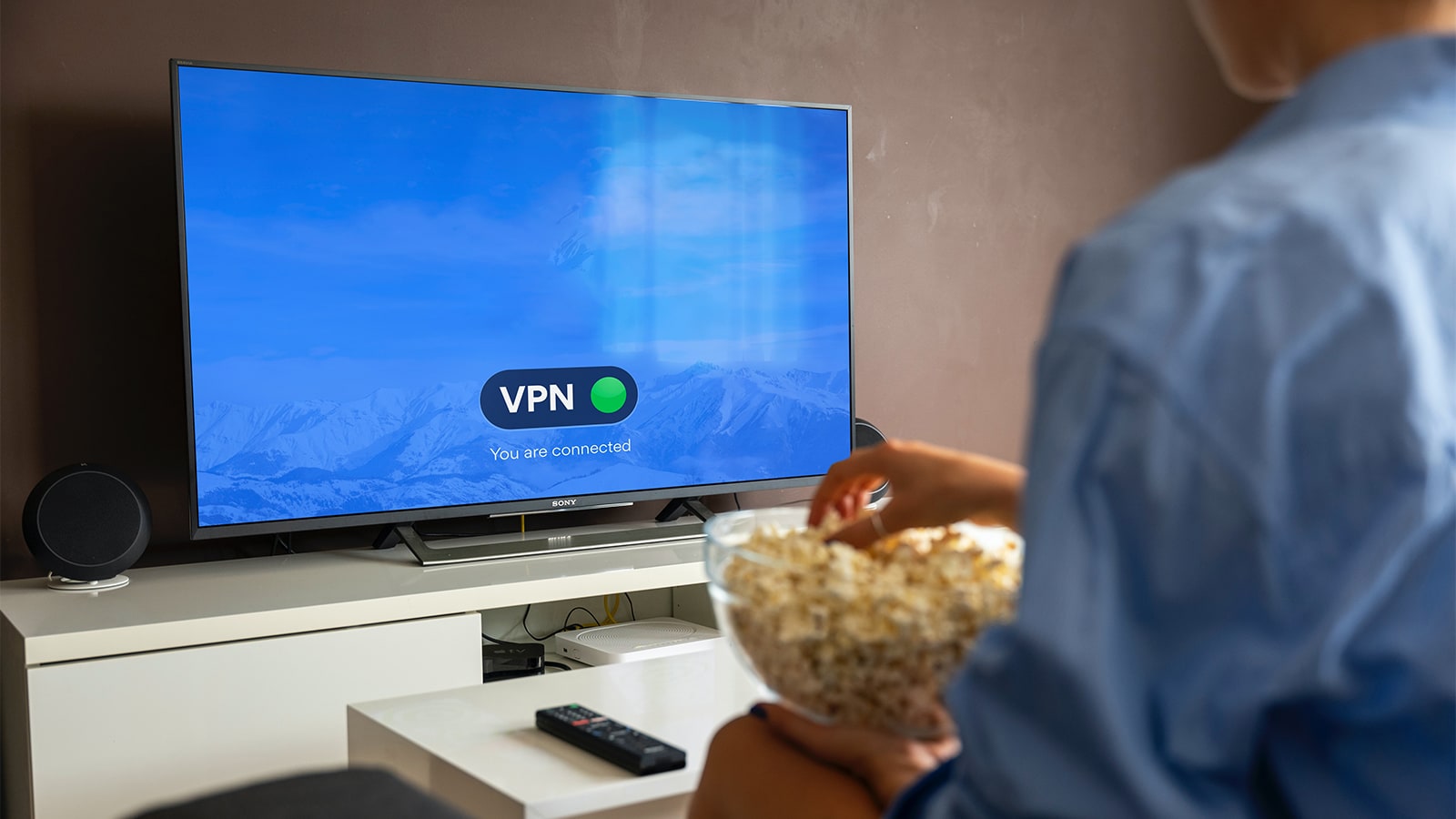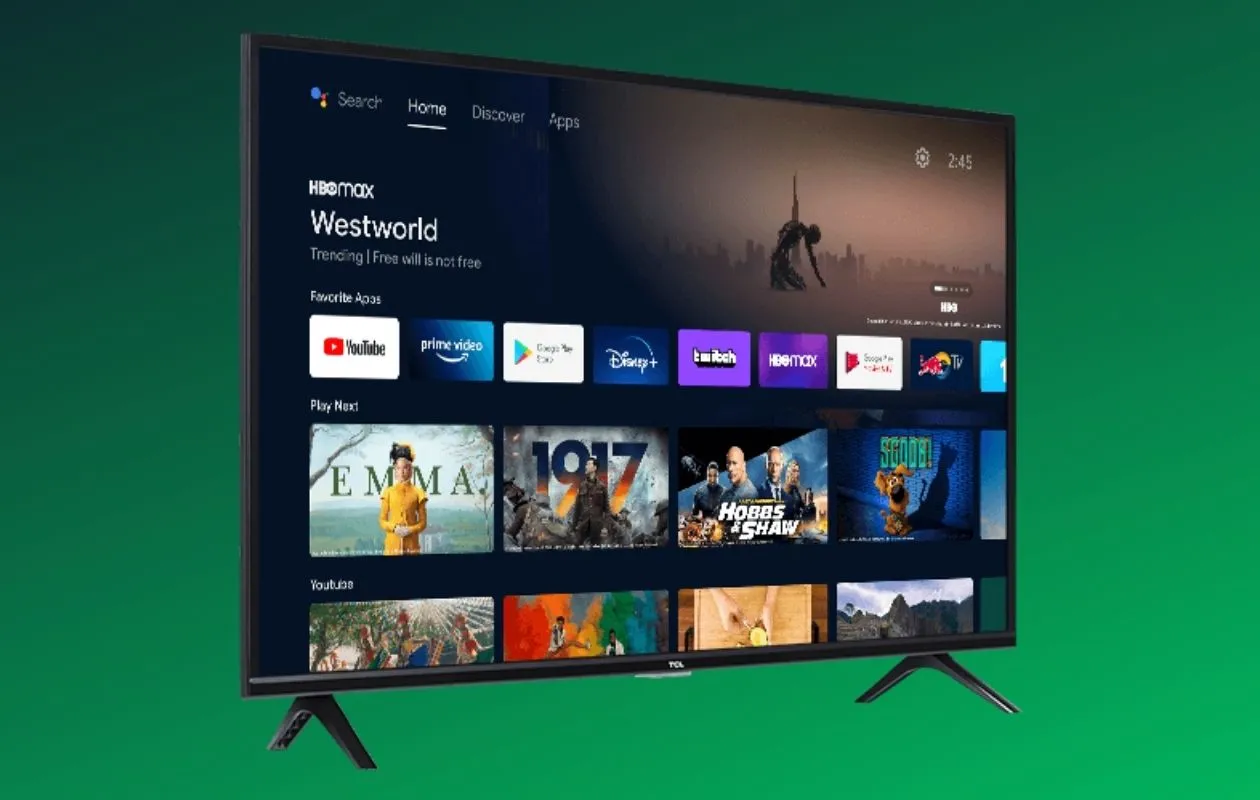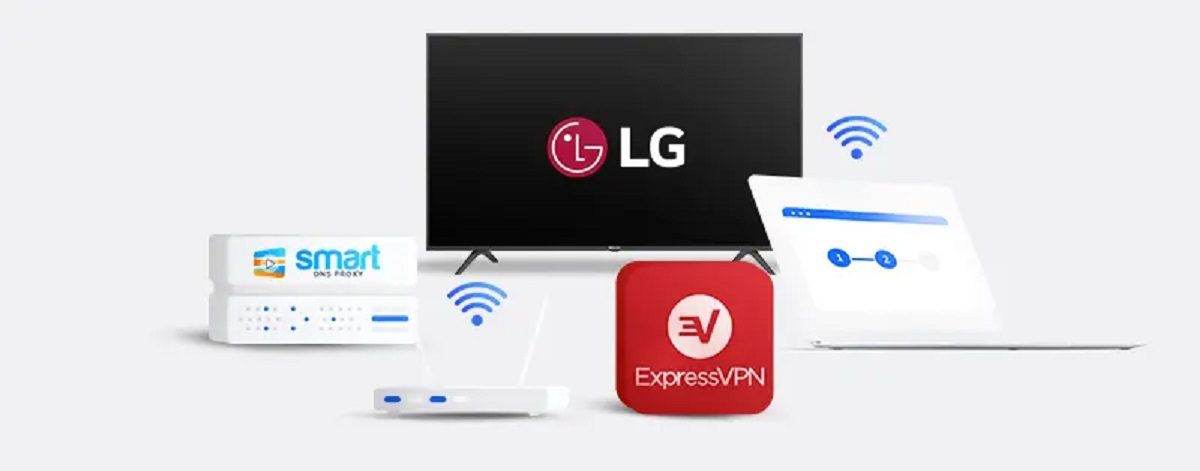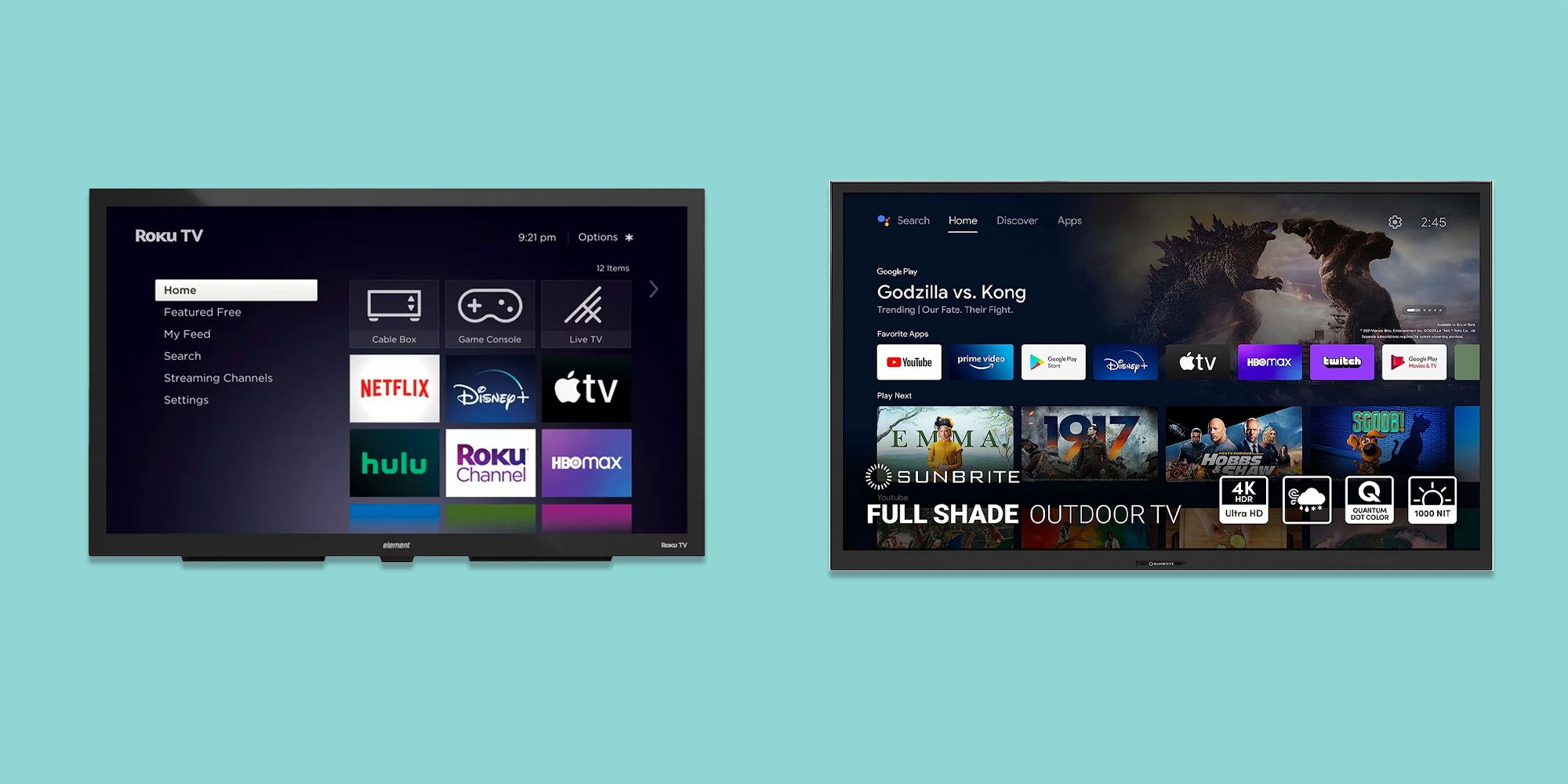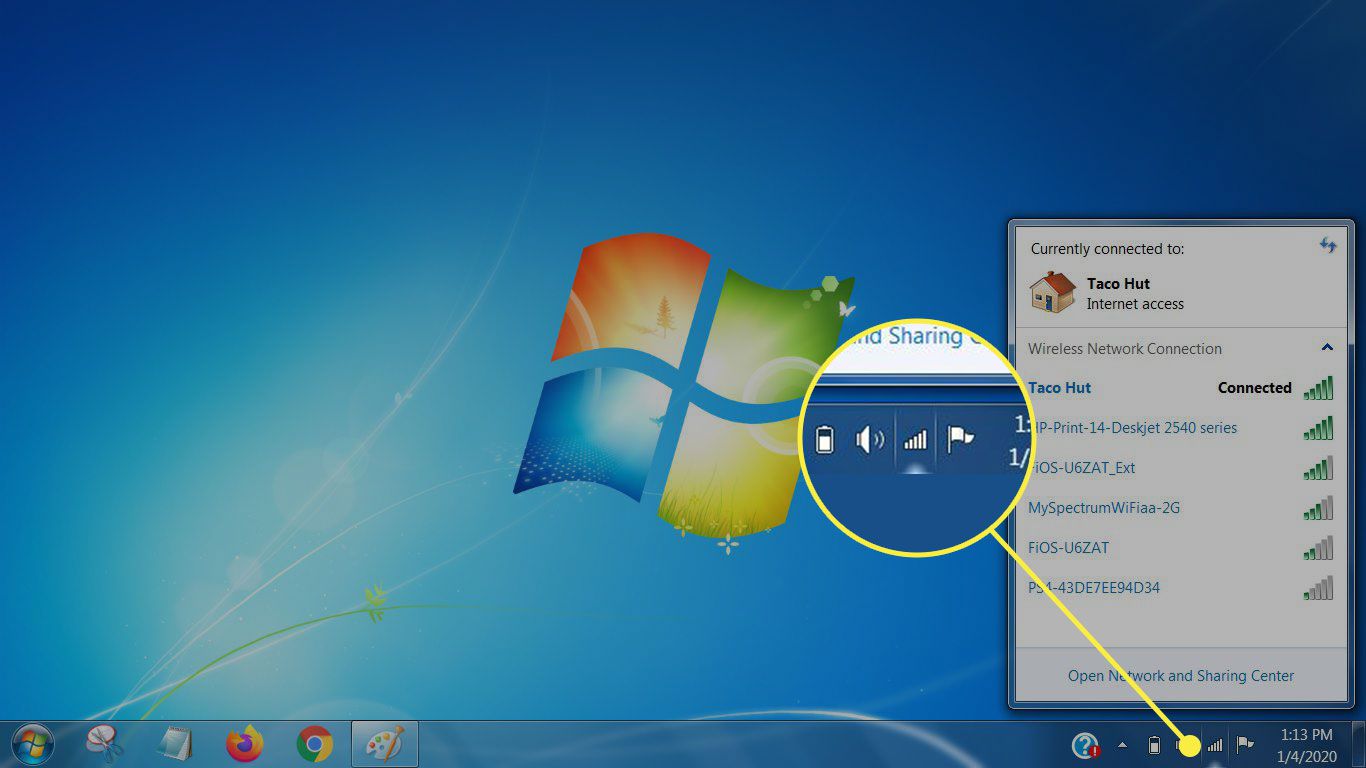Introduction
Welcome to the fast-paced world of Smart TVs, where entertainment and technology seamlessly merge to bring you a truly immersive viewing experience. As you dive into the world of streaming services, online gaming, and endless multimedia options, it’s important to understand the various settings and configurations available on your Smart TV. One crucial aspect that you need to be familiar with is the IP setting.
IP, or Internet Protocol, is a unique address that identifies devices connected to a network. In the context of a Smart TV, the IP setting determines how the TV communicates with the internet, allowing you to stream content, download apps, and browse the web. It is essentially the digital gateway connecting your Smart TV to the vast expanse of online possibilities.
Understanding and properly configuring the IP setting on your Smart TV is vital for smooth and uninterrupted viewing experiences. In this article, we will delve into the world of IP settings and explore why they are essential. We will also guide you on accessing and configuring IP settings on different Smart TV brands.
So, whether you just bought a new Smart TV or are looking to optimize your current setup, join us as we demystify IP settings and empower you to make the most of your Smart TV.
What is IP Setting on Smart TV?
The IP setting on a Smart TV refers to the configuration that determines how the TV connects to the internet. It involves assigning a unique IP address to the device within a network, allowing it to send and receive data over the internet. In simple terms, it is like a digital mailing address for your Smart TV.
When you connect your Smart TV to the internet, it needs an IP address to communicate with other devices and access online services. This address is crucial as it enables data packets to be sent to and received from your TV. Without a functioning IP setting, your Smart TV would be isolated from the internet and unable to access the plethora of content and features it offers.
There are two types of IP addresses: dynamic and static. A dynamic IP address is automatically assigned to your Smart TV by your internet service provider (ISP) every time you connect to the internet. This allows for flexibility and efficient use of IP addresses within the network. On the other hand, a static IP address is manually configured and remains constant. It is typically used for specific purposes, such as hosting websites or remote access.
Additionally, the IP setting on a Smart TV also includes other related parameters, such as subnet mask and gateway. The subnet mask helps determine the range of IP addresses within the network, while the gateway is the IP address of the network’s entry point, often the router. These settings are essential for proper network communication and internet access.
Overall, the IP setting on your Smart TV plays a vital role in ensuring seamless connectivity and access to online services. It allows your TV to communicate with the internet, stream content, download apps, and interact with other devices on the network. Without a properly configured IP setting, your Smart TV’s functionality and online capabilities may be limited or non-existent.
Why is IP Setting important on Smart TV?
The IP setting on your Smart TV may seem like a technical aspect that you can overlook, but it plays a crucial role in ensuring optimal performance and functionality. Here are some key reasons why the IP setting is important on your Smart TV:
Connectivity and Internet Access: The IP setting enables your Smart TV to connect to the internet and access online services. It allows you to stream your favorite shows and movies, access online gaming platforms, browse the web, and download apps. Without a properly configured IP setting, your Smart TV would be cut off from the digital world.
Smooth Streaming: An accurate IP setting ensures a stable and fast internet connection for streaming content. By assigning a unique address, data packets are efficiently delivered to your Smart TV, minimizing buffering and interruptions. This is especially important when streaming high-definition content or engaging in real-time online gaming.
Device Communication: The IP setting facilitates communication between your Smart TV and other devices on the network. It allows you to share media files, access network-attached storage (NAS) devices, and control your TV remotely through smartphone apps or voice assistants. With a properly configured IP setting, you can enjoy seamless integration and enhanced functionality across your connected devices.
Security: Proper IP configuration on your Smart TV is essential for maintaining a secure network. By properly setting up network security protocols and configuring IP addresses, you can protect your Smart TV from unauthorized access or potential security breaches. It helps safeguard your personal information and prevents unwanted tampering or intrusion.
Troubleshooting: In case of network issues or connectivity problems, understanding your Smart TV’s IP setting can help with troubleshooting. It allows you to identify and resolve network conflicts, check for connectivity issues, and ensure that all network parameters are correctly configured. Being familiar with the IP setting on your Smart TV empowers you to diagnose and resolve common networking problems more effectively.
In summary, the IP setting on your Smart TV is integral to its connectivity, performance, and security. It ensures that your TV can connect to the internet, stream content smoothly, communicate with other devices, maintain network security, and assists in troubleshooting network-related issues. Taking the time to configure and understand the IP setting will enhance your overall Smart TV experience and enable you to make the most of its online capabilities.
How to access IP Setting on different Smart TV brands
The process of accessing the IP setting on a Smart TV may vary depending on the brand and model of your television. Here is a general guide on how to access the IP setting on different Smart TV brands:
Samsung Smart TV: On a Samsung Smart TV, you can access the IP setting by navigating to the Network section in the Settings menu. Go to Menu > Network > Network Status > IP Settings. Here, you can view and configure the IP address, subnet mask, gateway, and DNS settings.
LG Smart TV: To access the IP setting on an LG Smart TV, navigate to the Settings menu by pressing the “Home” button on your remote and selecting Settings. From there, go to the Network section and choose Network Connection. Then, select the connection type (Wi-Fi or Ethernet) and go to “Set Automatically” or “Manual.” Here, you can configure the IP settings for your LG Smart TV.
Sony Bravia Smart TV: On a Sony Bravia Smart TV, access the IP setting by pressing the “Home” button on your remote and selecting Settings. Go to Network & Internet Connectivity and choose your internet connection type (Wi-Fi or Ethernet). From there, select “Custom Setup” and follow the on-screen instructions to configure your IP settings.
TCL Smart TV: To access the IP setting on a TCL Smart TV, press the “Home” button on your remote and navigate to the Settings menu. Go to Network > Advanced Settings > IP Configuration. Here, you can view and modify the IP address, gateway, and DNS settings of your TCL Smart TV.
Hisense Smart TV: On a Hisense Smart TV, access the IP setting by pressing the “Menu” button on your remote and selecting Settings. Go to Network > Proxy, and you will find options to configure the Static IP, Subnet Mask, Gateway, and DNS settings. Customize the settings according to your network configuration.
Other Brands: For Smart TVs of other brands, the process may vary. Generally, you can access the IP setting through the Settings menu. Look for options related to Network, Network Settings, or Connection Settings. From there, you should be able to find the IP setting section where you can configure the necessary network parameters.
Remember, the exact navigation and location of IP settings may differ based on firmware updates and specific models. Referring to the user manual or online support resources for your Smart TV brand can provide more detailed instructions tailored to your specific model.
By following these general guidelines, you can access the IP setting on different Smart TV brands and ensure that your network parameters are correctly configured for optimal connectivity and performance.
Configuring IP Setting on Smart TV
Configuring the IP setting on your Smart TV is an important step to ensure proper network connectivity. Here’s a general guide on how to configure the IP setting:
1. Access the IP Setting: Navigate to the Network or Settings menu on your Smart TV. Look for options related to network configuration, such as Network Settings, Network Setup, or Connection Settings.
2. Choose Connection Type: Depending on your available network connection options (Wi-Fi or Ethernet), select the appropriate connection type. For Wi-Fi, choose your network from the list of available networks. For Ethernet, connect the TV to your router using an Ethernet cable.
3. Select IP Configuration: Once connected, you will need to choose between automatic (DHCP) or manual (Static) IP configuration. Automatic configuration allows the network to assign an IP address automatically, while manual configuration requires you to enter the IP address, subnet mask, gateway, and DNS settings manually.
4. Automatic Configuration: If you choose automatic configuration, the TV will obtain the IP address, subnet mask, gateway, and DNS settings automatically from your router. This option is recommended for most users, as it simplifies the network setup process and ensures compatibility with your network infrastructure.
5. Manual Configuration: If you opt for manual configuration, you will need to enter the IP address, subnet mask, gateway, and DNS settings manually. Consult your network administrator or internet service provider (ISP) for the specific values to use. This option may be required in certain situations, such as if you have a specific IP address requirement or need to bypass certain network restrictions.
6. Save and Test: Once you have entered and confirmed the IP settings, save the changes and test your network connection. Use the built-in network test feature on your Smart TV to ensure that you have a stable and successful connection. If any issues arise, review your configuration or consult the user manual or support resources for your specific TV brand.
It’s important to note that the exact steps and terminology may vary depending on the brand and model of your Smart TV. It’s always recommended to consult the user manual or online documentation specific to your TV for detailed instructions tailored to your device.
By properly configuring the IP setting on your Smart TV, you ensure that your TV is connected to the network with the correct network parameters. This allows for seamless streaming, online gaming, and access to various online services. Whether you choose automatic or manual IP configuration, take the time to ensure your settings are accurate and compatible with your network infrastructure.
Troubleshooting common IP Setting issues on Smart TV
While configuring the IP setting on your Smart TV, you may encounter some common issues that can affect network connectivity and performance. Here are a few troubleshooting tips for addressing these IP setting issues:
1. Incorrect IP Configuration: If your Smart TV is unable to establish a network connection, double-check that the IP address, subnet mask, gateway, and DNS settings are entered correctly. Ensure that you have selected the appropriate configuration (automatic or manual) and that the values match those provided by your network administrator or ISP.
2. Network Conflict: IP address conflicts can occur when multiple devices in the network have the same IP address. If you notice connection issues or frequent dropouts, check that no other devices are using the same IP address as your Smart TV. You can change the IP address manually to resolve this conflict, or rely on automatic IP assignment from your router.
3. Router or Modem Issues: If your Smart TV is not connecting to the internet, check the status of your router or modem. Restart the router/modem and ensure that it is properly configured for internet connectivity. You may also try connecting your Smart TV using an Ethernet cable to rule out any Wi-Fi-related issues.
4. Wi-Fi Signal Strength: If you are using a Wi-Fi connection, ensure that your Smart TV is within the range of your Wi-Fi router. Weak signal strength can lead to inconsistent connection or slow speeds. You may consider relocating your Smart TV or using a Wi-Fi extender to improve signal reception.
5. Network Firewall or Restrictions: If your Smart TV is unable to access certain online services or experiences limited functionality, check if your network has a firewall or content restrictions in place. Adjust the settings in your router or contact your network administrator to ensure that the necessary ports and protocols are open for your Smart TV.
6. Firmware Updates: Outdated firmware on your Smart TV can also cause IP-related issues. Check for available firmware updates from the manufacturer’s website and follow the instructions to update your Smart TV to the latest firmware version. Updating the firmware can resolve compatibility issues and improve network connectivity.
7. Reset Network Settings: If all else fails, you can try resetting the network settings on your Smart TV. This will remove any previously saved network configurations and allow you to start fresh. Refer to the user manual or online support resources for your specific TV brand to find instructions on how to reset network settings.
Remember, troubleshooting steps may vary depending on the brand and model of your Smart TV. Consult the user manual or seek online support specific to your TV for detailed troubleshooting instructions tailored to your device.
By utilizing these troubleshooting tips, you can overcome common IP setting issues on your Smart TV and ensure a seamless network connection for uninterrupted streaming, browsing, and online activities.
Conclusion
Configuring and understanding the IP setting on your Smart TV is essential for seamless connectivity, optimal performance, and accessing a wide range of online services. By properly configuring the IP setting, you can ensure that your Smart TV is connected to the internet, stream content smoothly, communicate with other devices, and maintain network security.
In this article, we explored the significance of the IP setting on Smart TVs and why it is important for an enjoyable viewing experience. We discussed how to access the IP setting on various Smart TV brands, providing a general guide for navigating the network settings menu. Additionally, we provided troubleshooting tips for common IP setting issues that may arise, ensuring that you can overcome connectivity challenges and enjoy uninterrupted entertainment.
Remember, each Smart TV brand and model may have its own unique interface and terminology, so it’s always recommended to consult the user manual or online support resources specific to your TV for detailed instructions.
By gaining familiarity with the IP setting on your Smart TV, you can optimize your network connection, troubleshoot issues effectively, and make the most of the online capabilities offered by your Smart TV. So, grab your remote, access those IP settings, and enjoy a world of endless entertainment right from the comfort of your living room.










